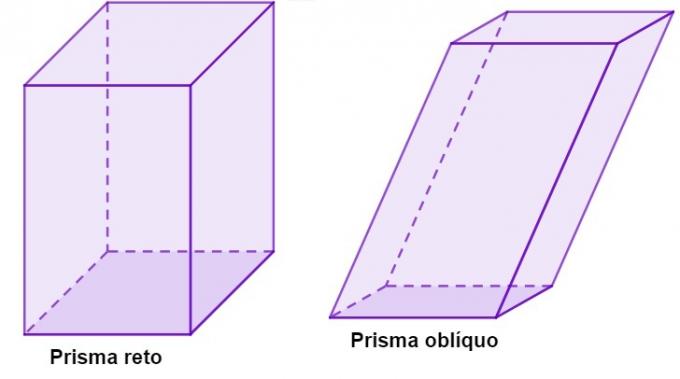Reproductive isolation represents the inability of different species to interbreed or, if they do, to produce fertile offspring.
During evolution, populations went through processes of differentiation, providing a level of organic isolation that resulted in the enormous existing biological biodiversity.
The reproductive isolation mechanisms being caused by the following factors: genetic, physical or behavioral incompatibility and classified as follows:
Prezygotic isolation process → cause obstacles related to gamete fertilization, preventing the formation of the zygote, which can be:
- Ecological isolation: maintained through the adaptation of a given population to a specific habitat, limited to that;
- Seasonal isolation: characterized by the difference in the reproductive period of populations;
- Mechanical isolation: differences in the compatibility of Organs reproductive organs, making copulation impossible.
- Ethological isolation: related to the behavioral archetype (defining pattern of a species), involving assimilation factors between the male and female organism, for example, chemical identification effected by pheromones.
Post-zygotic isolation process → proportional to the development of a hybrid organism and its reproductive viability:
- Zygote mortality: if gametes of different species fertilize, the zygote may not form.
- Inviability of the hybrid: If the hybrid were to form and survive, it would become incapable of breeding as a result of its low adaptability.
- Hybrid sterility: different species interbreed, but generating sterile offspring.
By Krukemberghe Fonseca
Graduated in Biology
Brazil School Team
evolutionary biology - biology - Brazil School
Source: Brazil School - https://brasilescola.uol.com.br/biologia/mecanismos-isolamento-reprodutivo.htm

